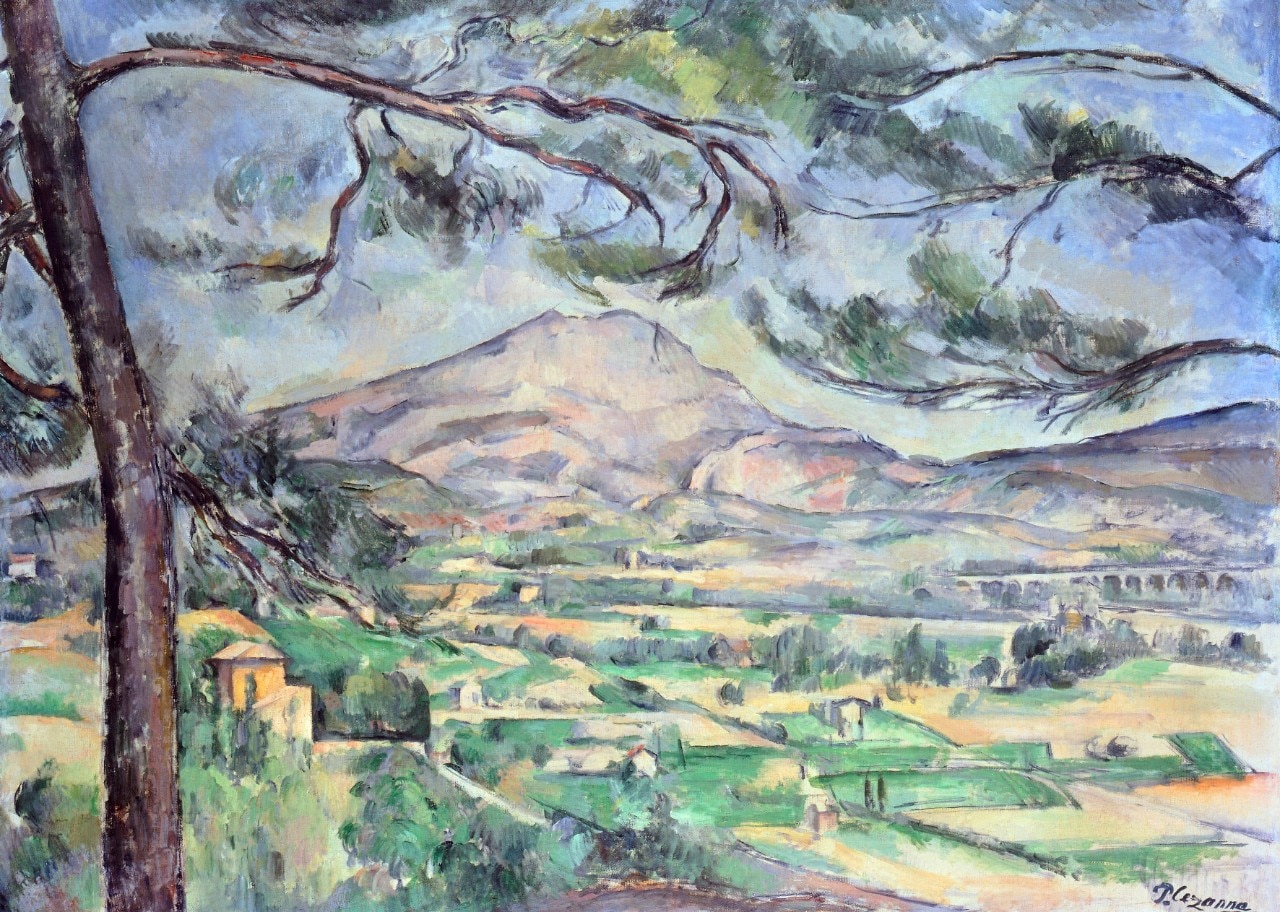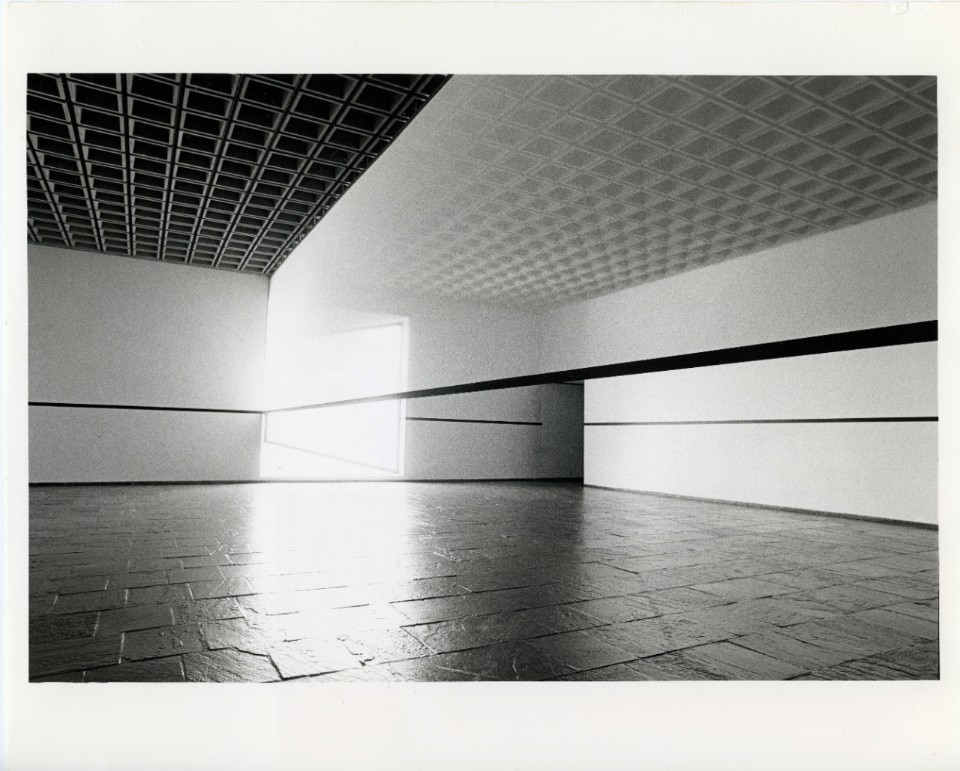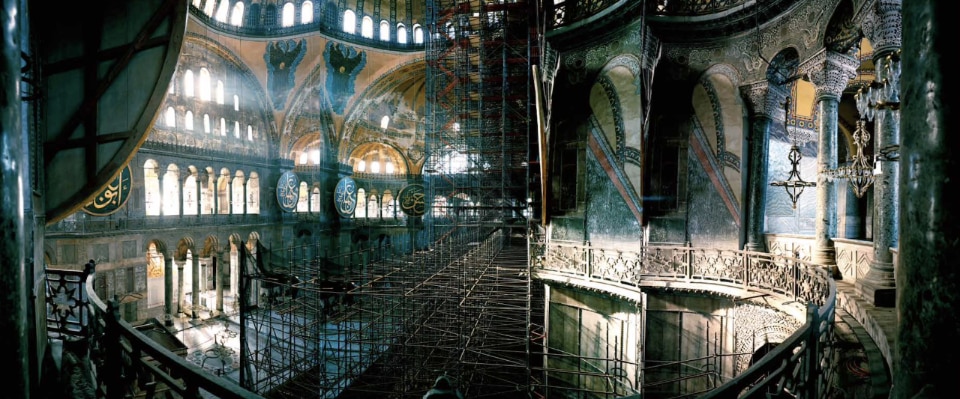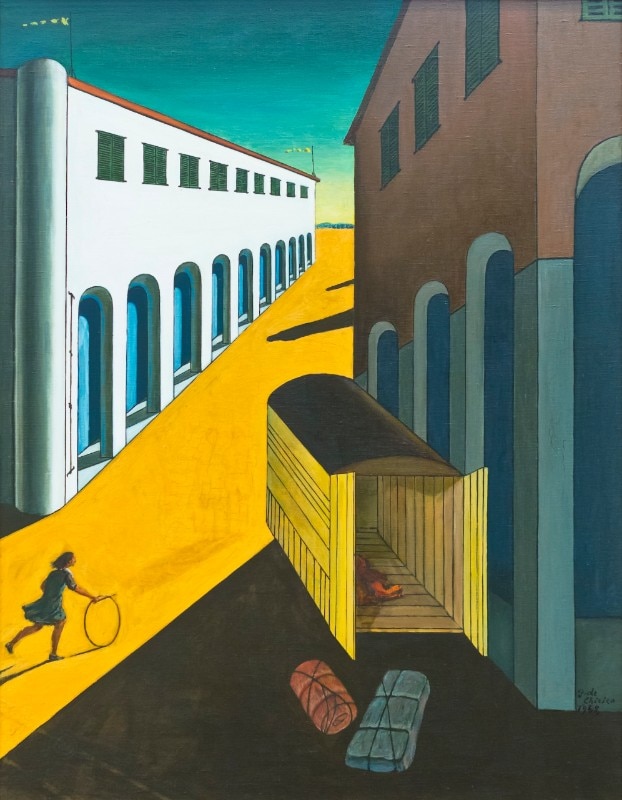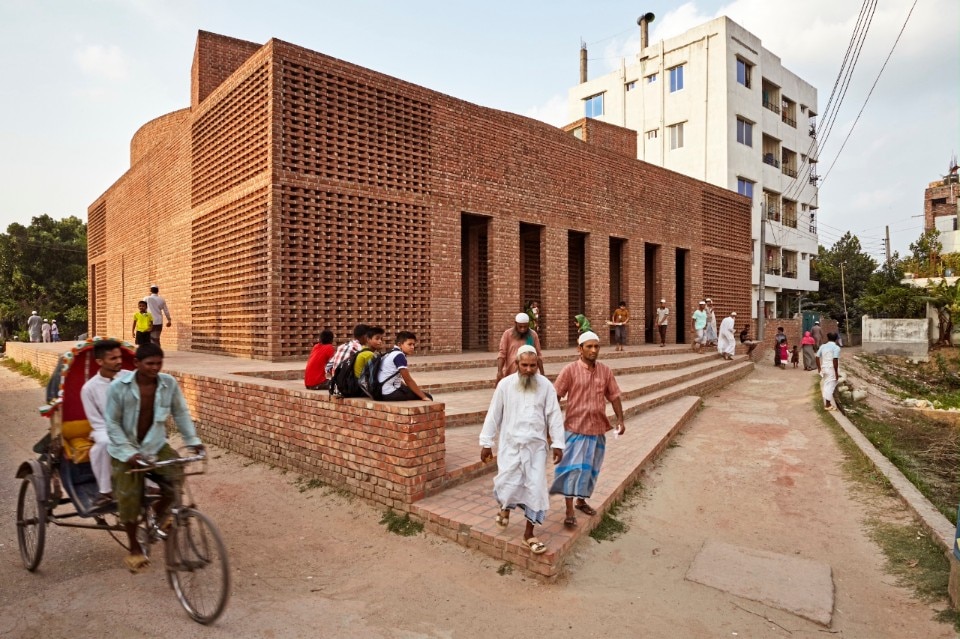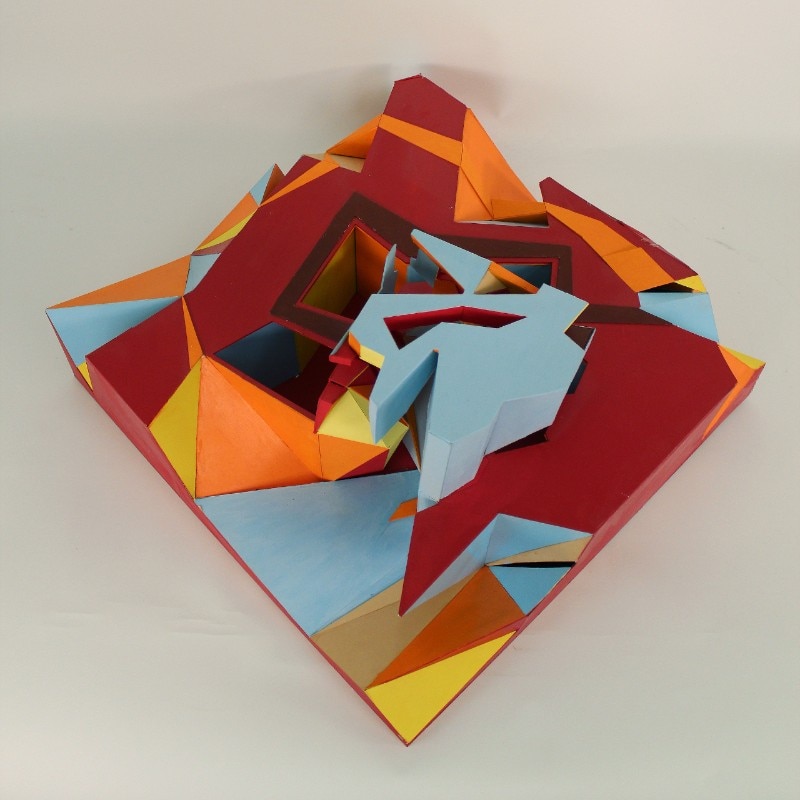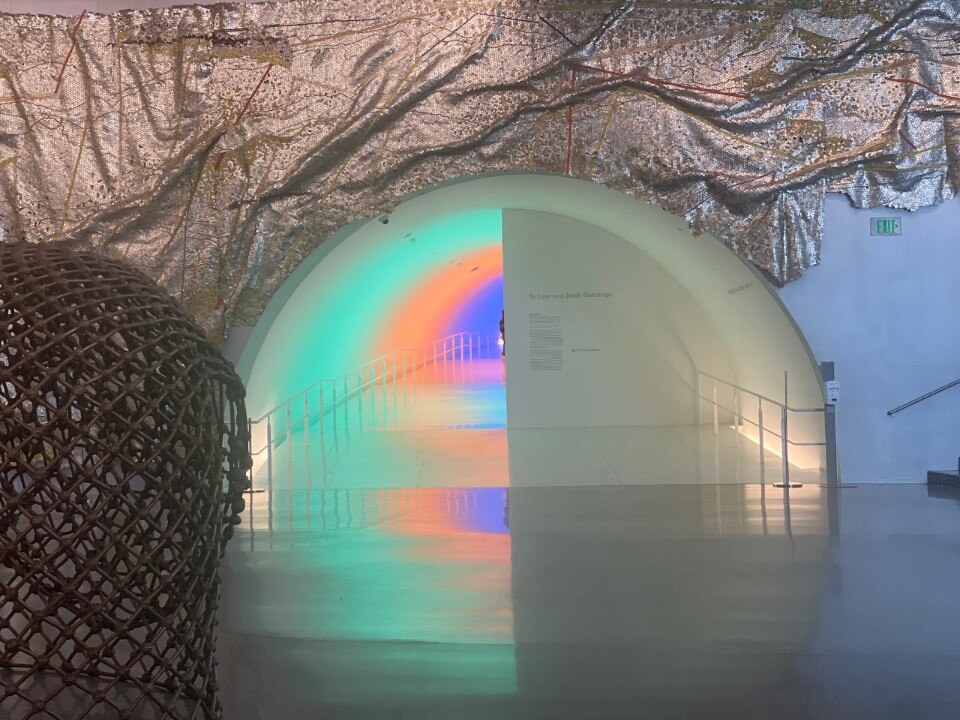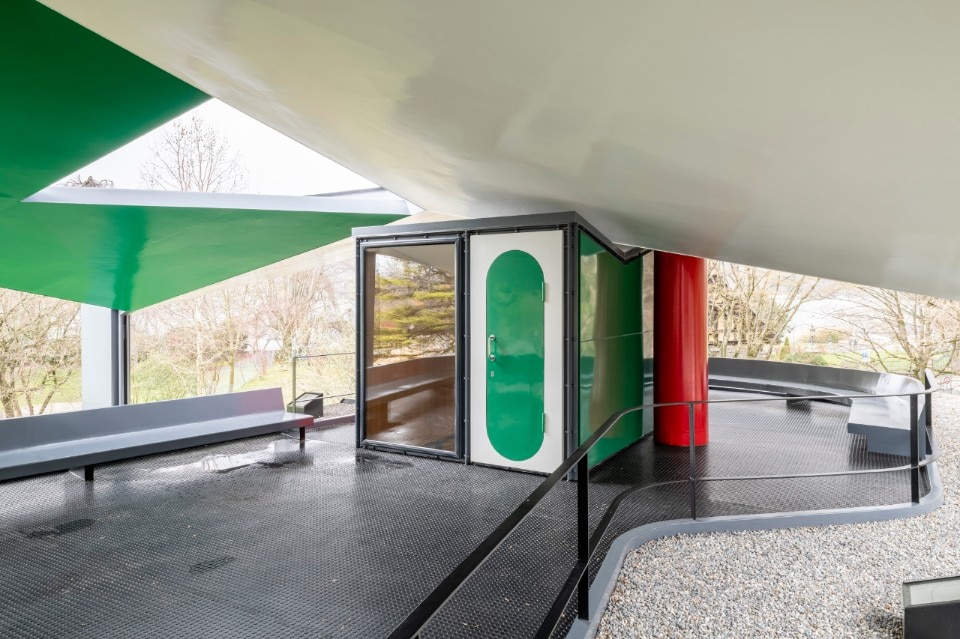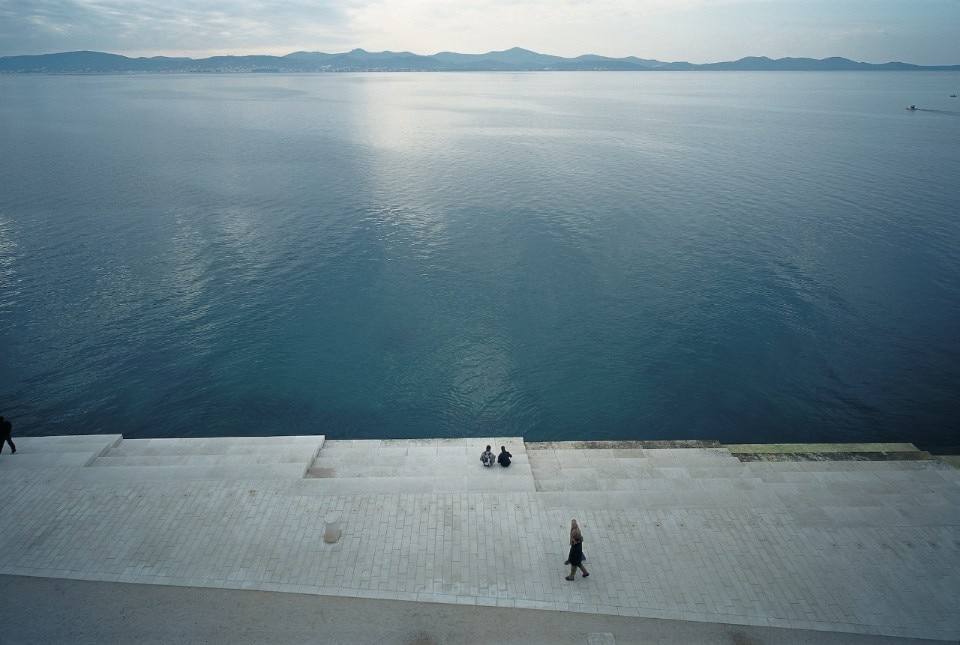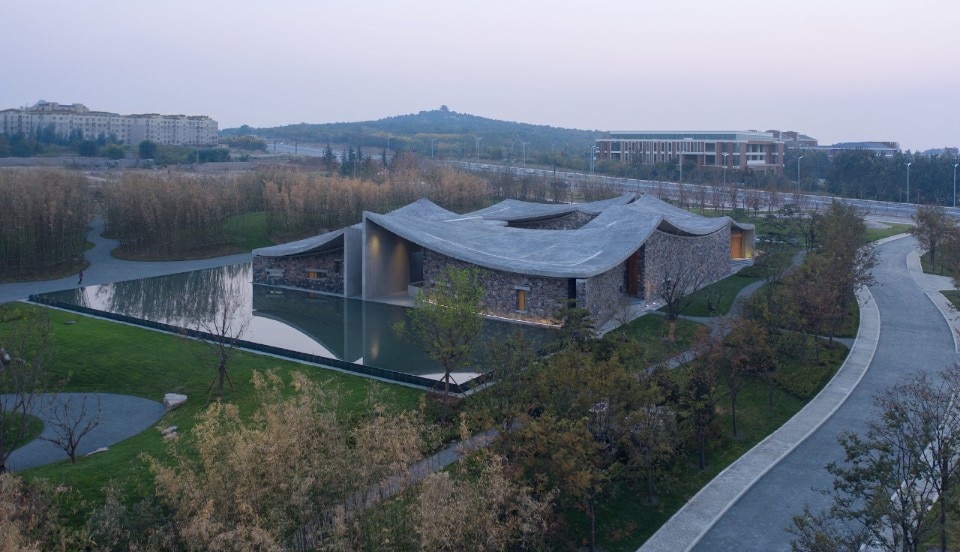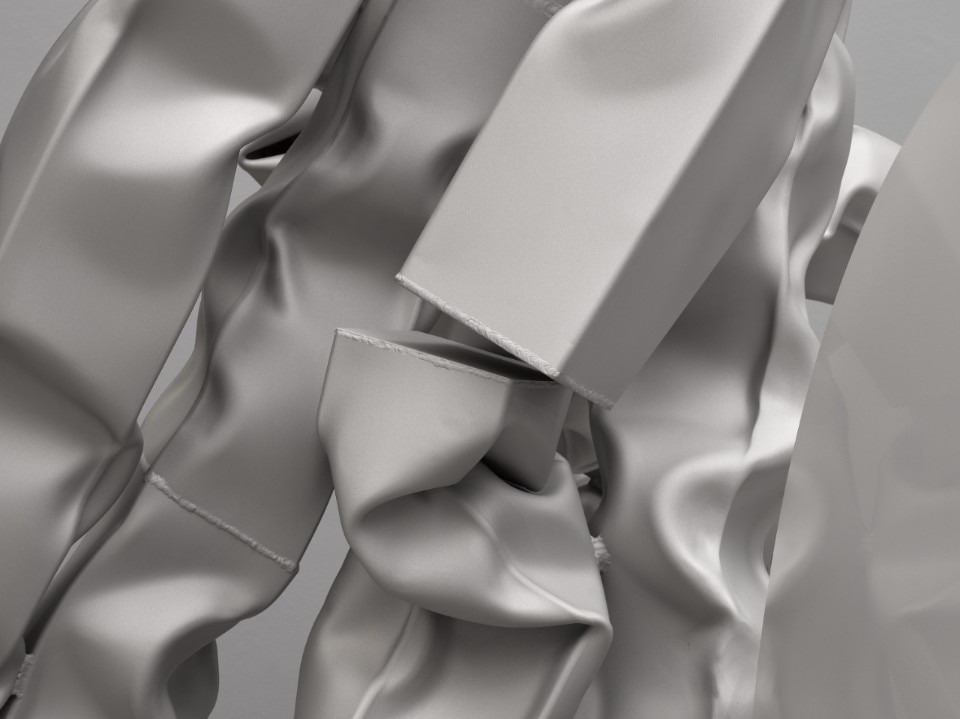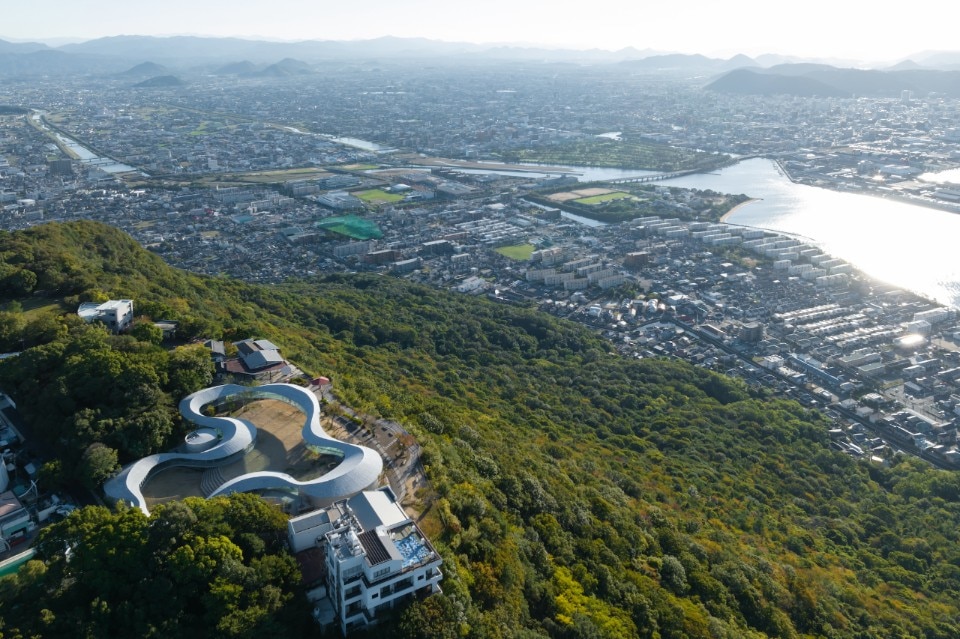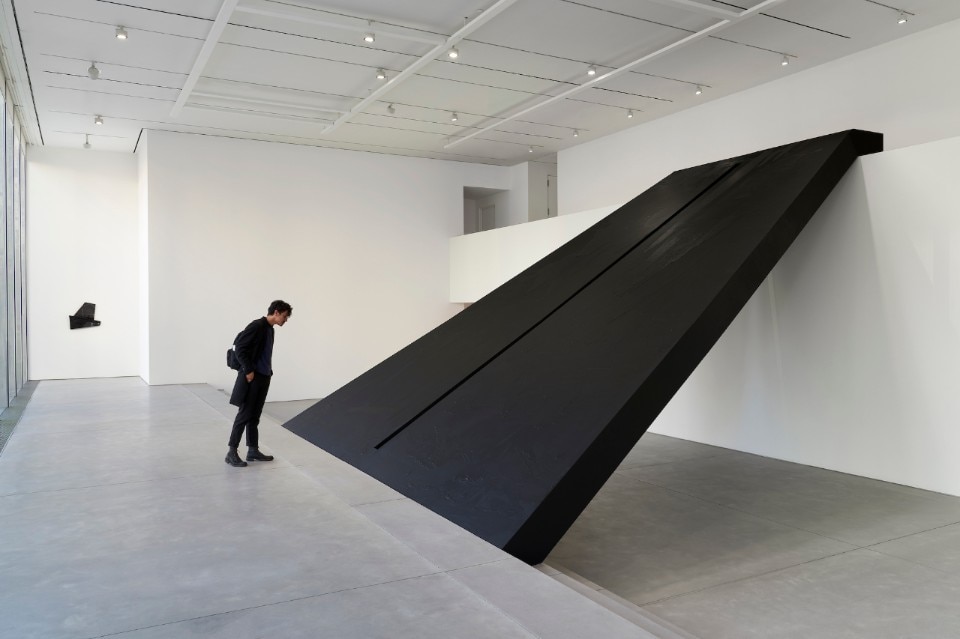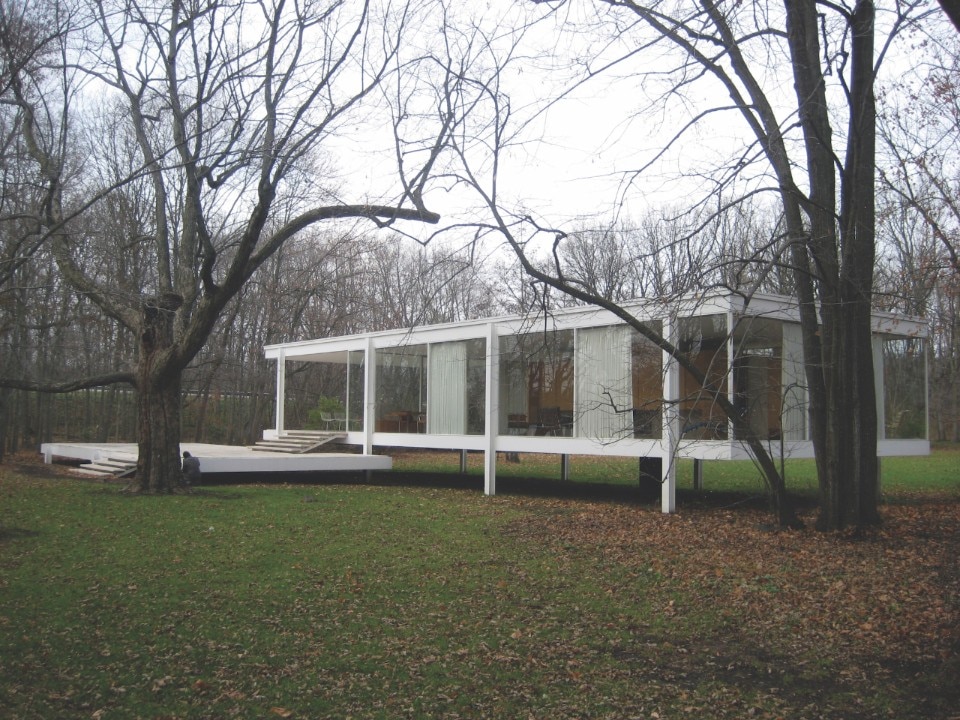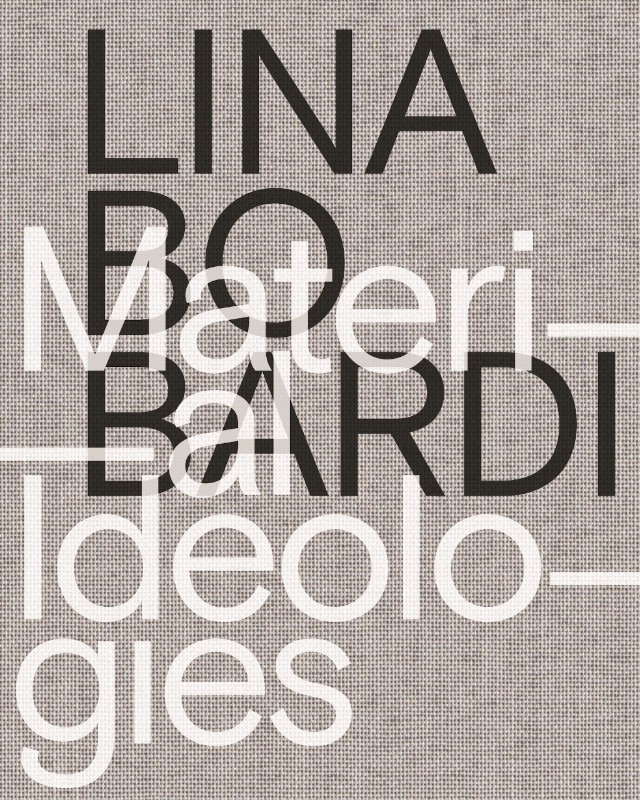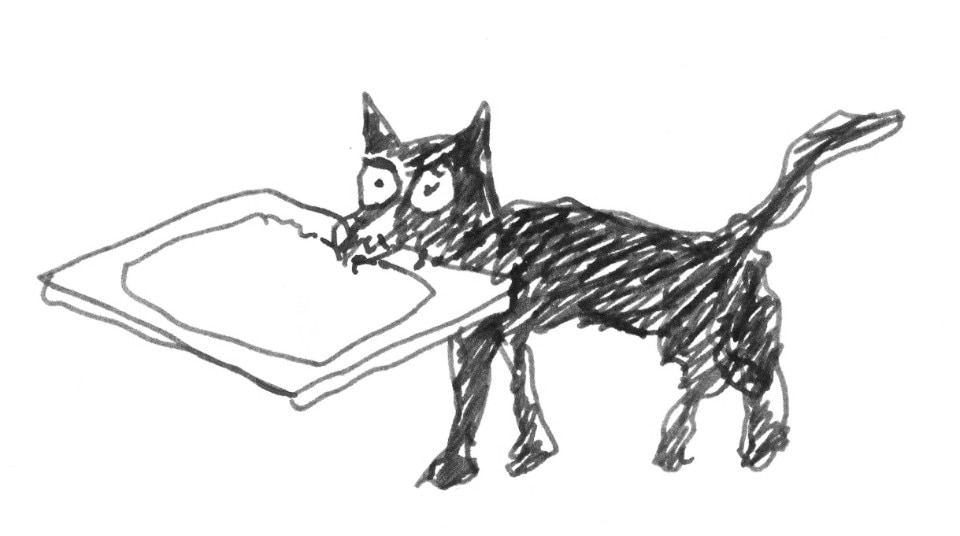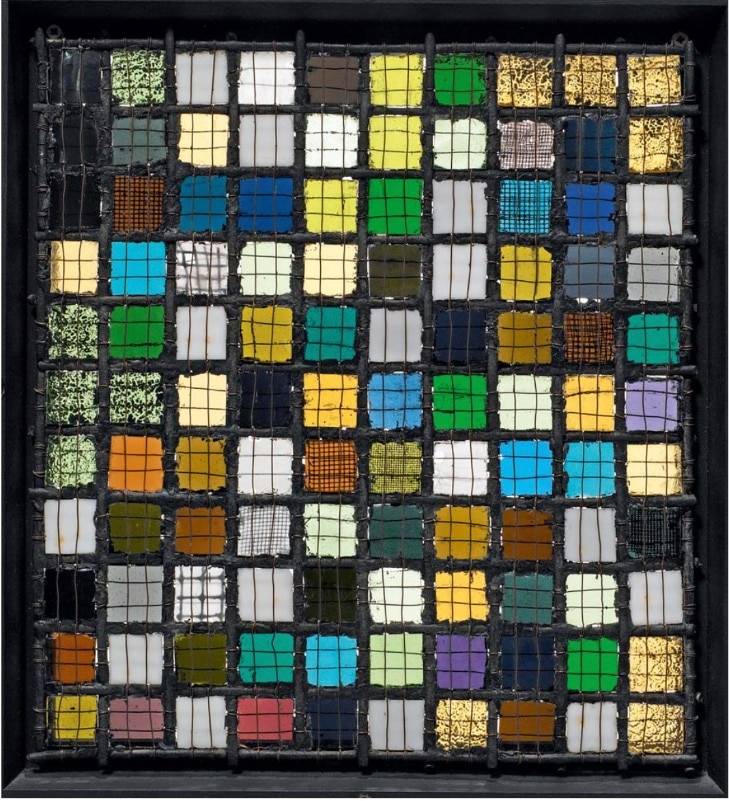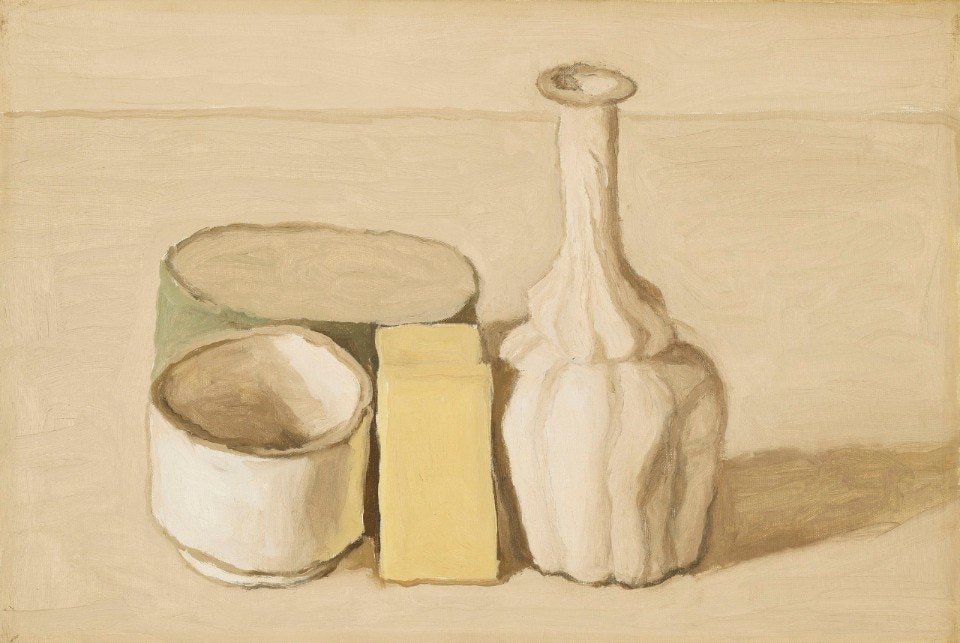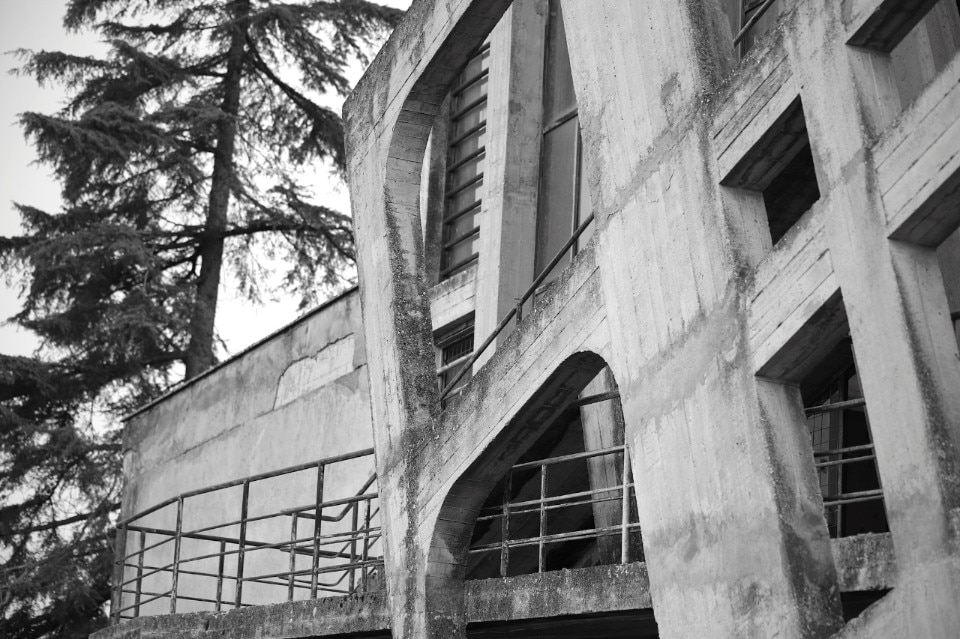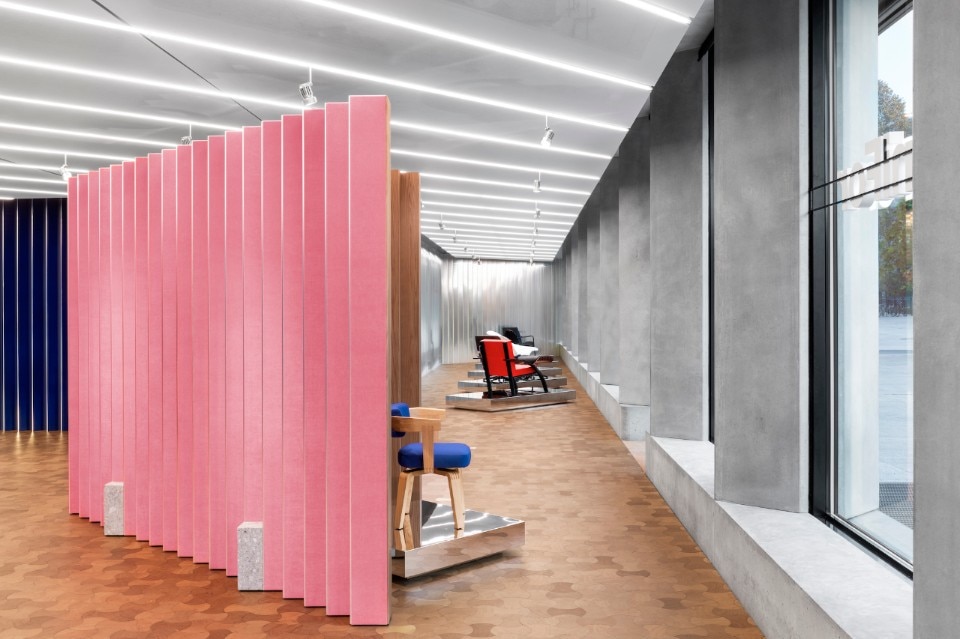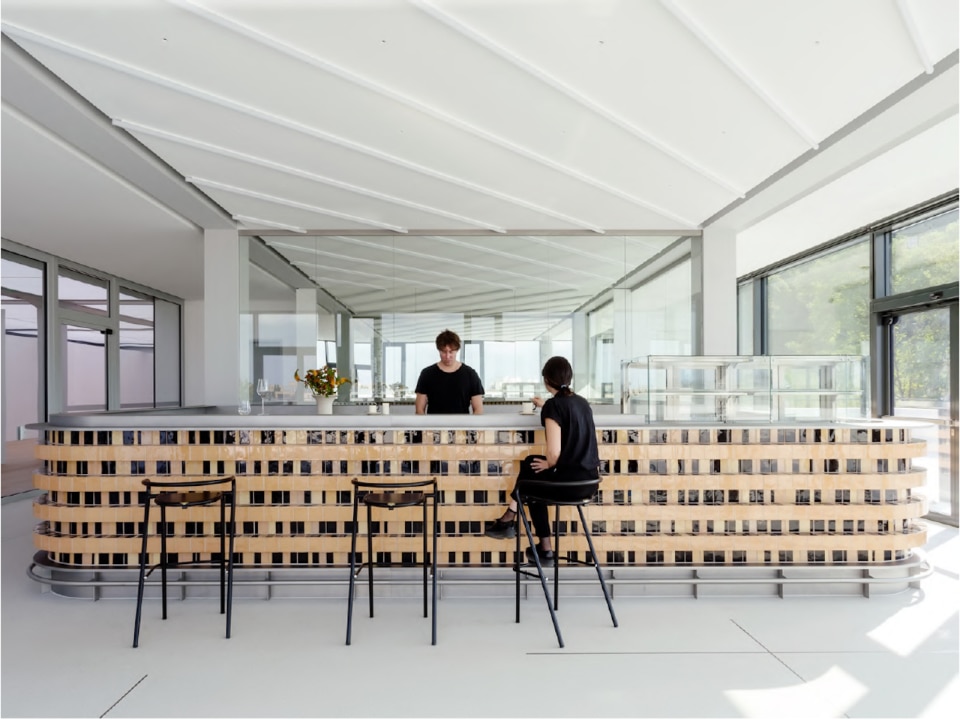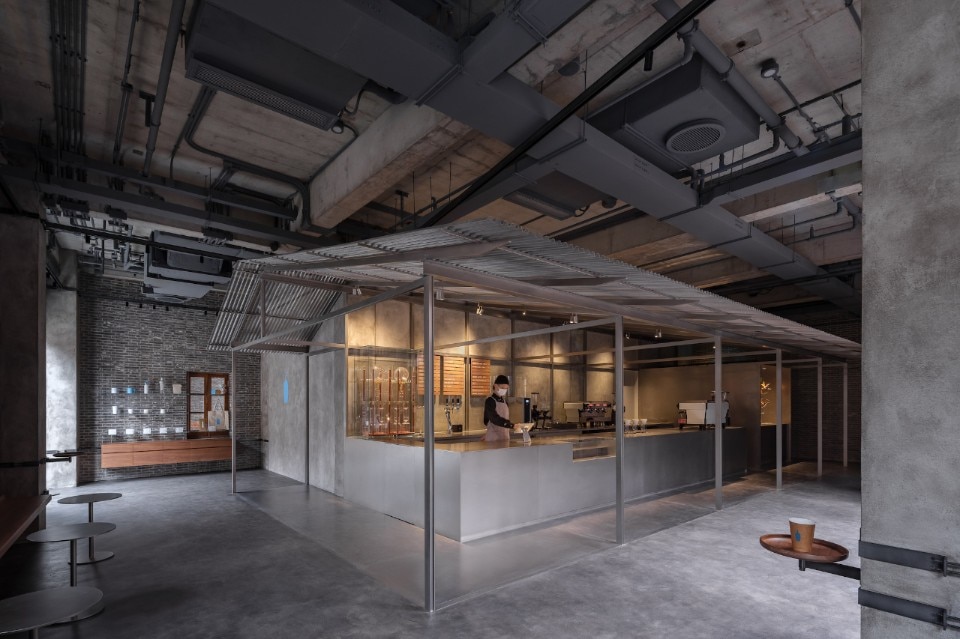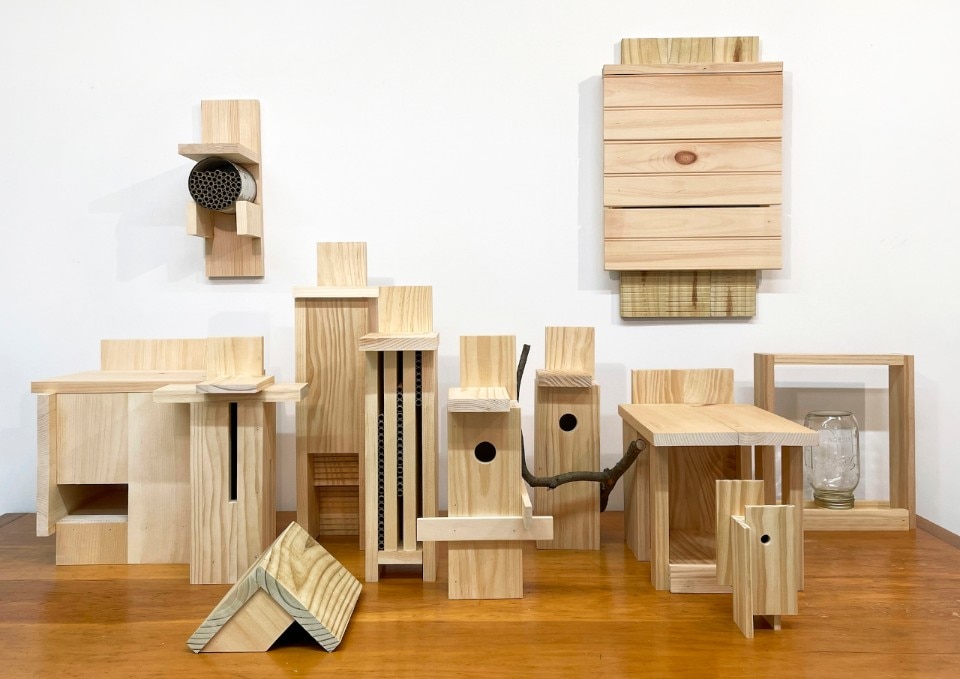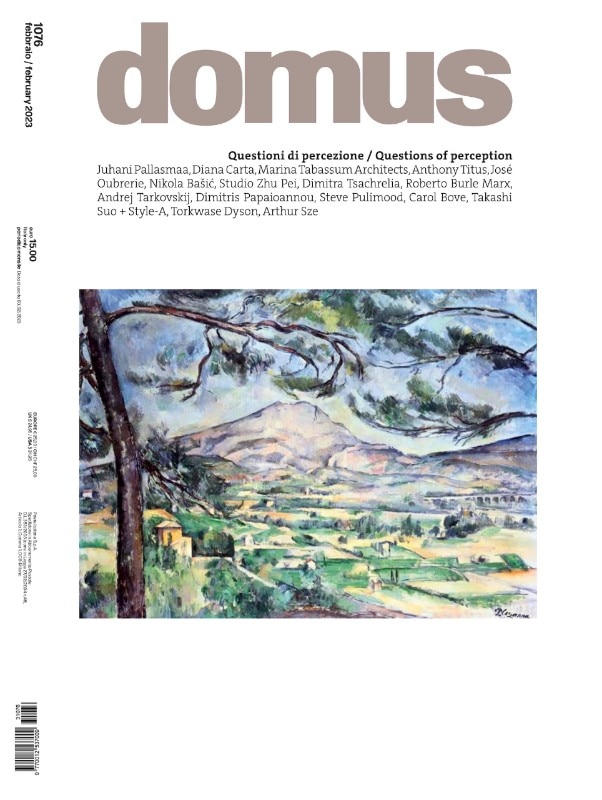The February issue of Domus focuses on a broader view of life on Earth. Holl, in his Editorial, explains how architectural work can bring us back to the fundamentals of existence. “Architecture and site should have an experiential link, a metaphysical link, a poetic link,” the architect writes. “If we consider the order as external perception and phenomena as internal perception, then in a physical construction, external and internal perception are intertwined.”
This is followed in the Essays by Juhani Pallasmaa, according to whom the hegemony of vision has led to an underestimation of the role and significance of other perceptions, especially haptic perception, even in architecture: the world and the experience of the world are created the moment we enter it.
Diana Carta focuses on the theme Of Light and Shadow in the works of Aldo Rossi, Giorgio de Chirico, Giorgio Morandi, and Mario Sironi, where the world of the idea, luminous and abstract, mingles with the world of matter, dark and heavy. Then follows the design of a mosque by Marina Tabassum Architects in Dhaka, which creates a play of light in the interior, allowing the prayer hall to orient itself toward Mecca.
The review of sensations continues with On Color, for which Anthony Titus writes about painting as a tool for exploring color and form, the focus of a design course at Rensselaer Polytechnic Institute: “the teachings offered by the parallel study of painting and architecture broaden students’ expectations as they begin their journey into the limits of architecture.” Carlos Cruz-Diez continues by treating color as an evolutionary event: “I have always tried to make color a life experience,” he writes, “capable of producing an emotional impact that went beyond the act of simply painting.” Steven Holl interviews José Oubrerie, among Le Corbusier’s last living collaborators, about life in the studio at 35 Rue de Sèvres and the pavilion for Heidi Weber in Zurich.
We continue with Water: a Phenomenal Lens, where the Guest editor writes about the interventions of Eduardo Chillida in Spain and Nikola Bašić in Croatia that show the potential of water as a visual and, more importantly, sonic design element. This is followed by Studio Zhu Pei’s OCT Art Center Zibo, a rustic, sinuous architecture made of stone masonry and a flexuous concrete roof that is reflected in the water. Continuing the section is Dimitra Tsachrelia, who tells how from Frank Lloyd Wright to Carlo Scarpa, from Roberto Burle Marx to Andrej Tarkovsky and Dimitris Papaioannou, water has been used as a design material in dialogue with light.
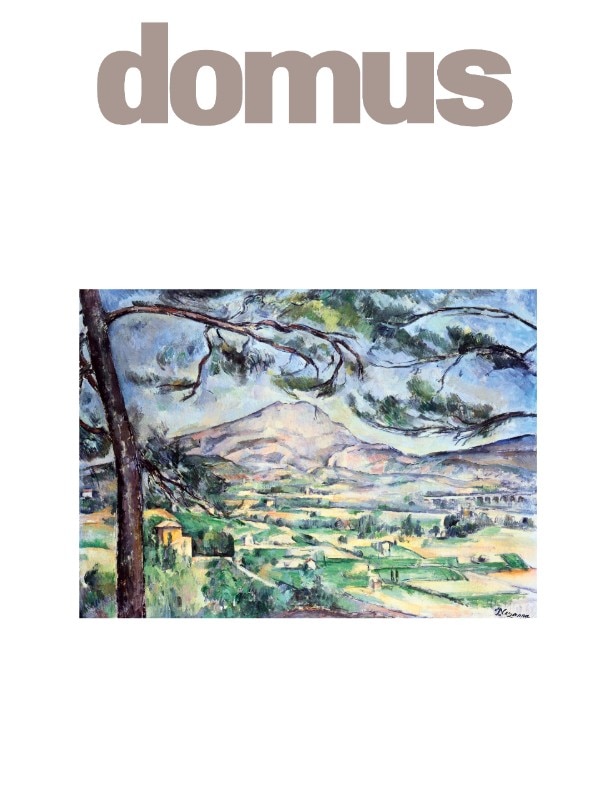
In the Perceptual Fusion section, Steve Pulimood talks about artist Carol Bove, writing about how form and material merge intelligently in the American artist’s sculptures, reflecting the fluidity of our time. Steven Holl interviews Takashi Suo for Yashima Mountaintop Park. Located on the summit of Mount Yashima, in a protected area with a strong historical and religious value, the structure was designed in dialogue with its natural and cultural context. A conversation with Torkwase Dyson continues, a dialogue about the blurred and blurred boundaries between architecture, art and design: disciplines that, according to the U.S. artist, should be exploded, extruded, blurred, abstracted. Finally for Proportion Scale and Perception, Guest editor writes about the element of scale as an experience of the world. With the spread of digital modeling, now more than ever the scale of proportion remains a key element: from the macro to the micro, it is the key to our knowledge of architectural space.
In closing, the Guest Editor recounts the issue’s cover, where Paul Cézanne’s painting Monte Sainte-Victoire with a large pine tree was chosen as food for thought on the act of looking, seeing and thinking, to be applied both when facing a distant landscape.
This month’s Diario, pages devoted to current events, is opened by the Travel in Italy section, where Editorial Director Walter Mariotti takes a yearlong journey along the peninsula. We investigate a strategic issue for the entire country: the fragility of its territory. Next, Giulia Ricci talks about Linearama and Valter Scelsi’s project for Das Minsk’s collective spaces includes two counters designed as miniature buildings and covered in local ceramics. For Aziende, Emanuele Benedini, managing director of Agape, tells about the family business, which celebrates 50 years in 2023. For Points of View, Martino Stierli and Sofie De Caigny talk about the change in meaning that, especially after the pandemic, involves public space in large cities, and the differences between Europe and the United States.


